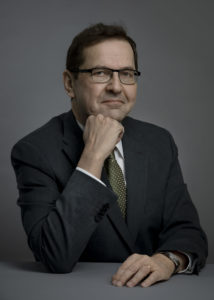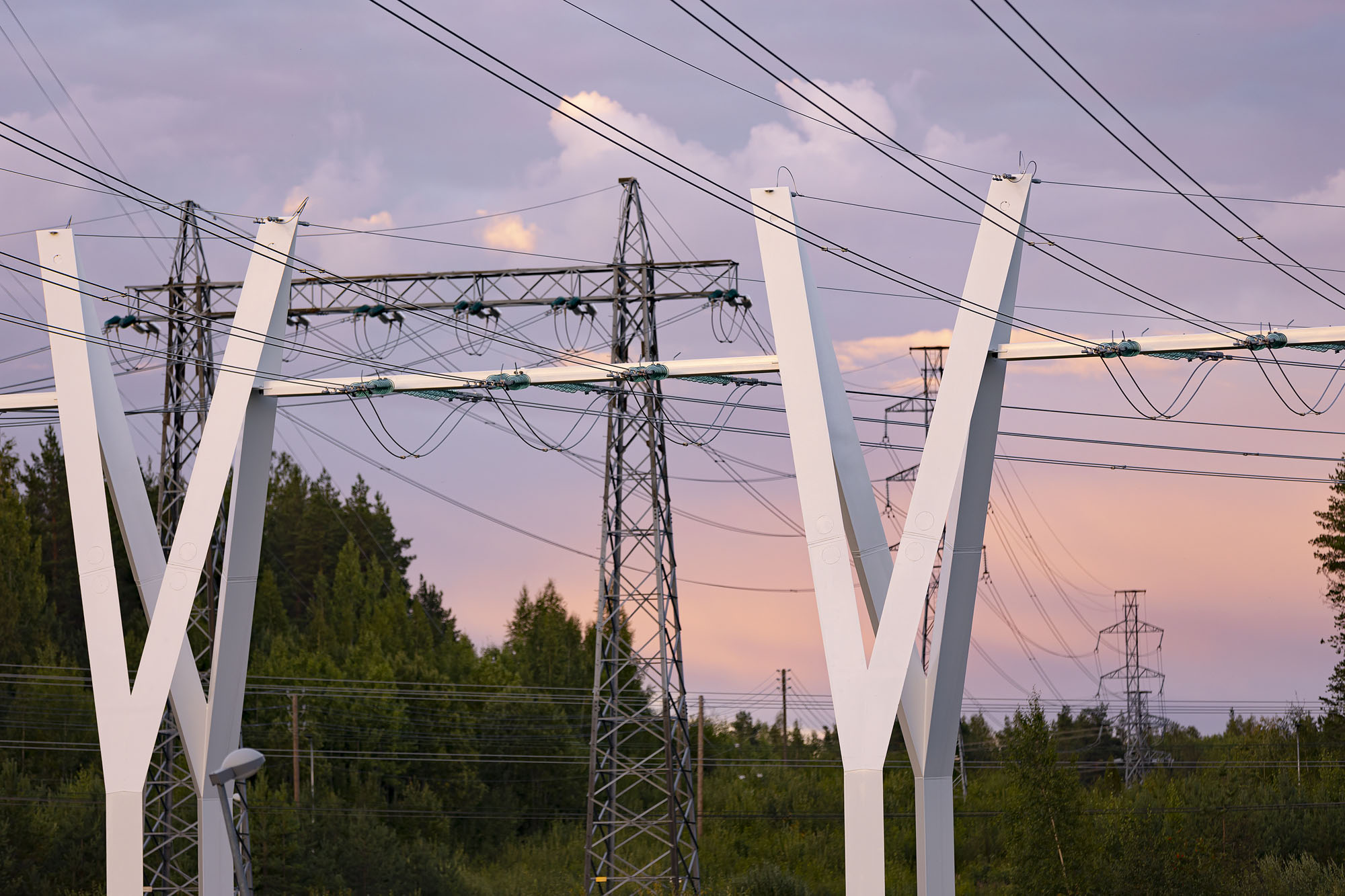Significant growth is expected in the coming years in the need for reserves that are important for the balance of the electricity system. Reserves for the electricity system have been provided mainly by power plants, but increasingly also by electricity consumers, such as large factories and battery banks. Fingrid procures reserves from the reserve markets it maintains, to compensate for frequency deviations in the power system. Reserves either increase or decrease their power automatically based on frequency or at the request of the control centre, enabling the electricity system to remain in balance and as much electricity to be produced as is consumed at any given time.
More reserves will be needed in the coming years for three different reasons. “With reserves, we prevent the frequency quality from deteriorating. The European network code also requires the procurement of frequency-controlled reserve for sudden over-frequency disturbances. Additionally, with the introduction of Olkiluoto 3, the electricity system needs additional reserves”, says Reima Päivinen, SVP, Power System Operations at Fingrid.
Frequency quality has deteriorated; 15-minute ISP to remedy the situation
The frequency of the electricity system is 50.0 Hz when in a balanced state. The frequency quality has deteriorated over the years, especially due to an increase in large power changes occurring when the hour turns. A new type of reserve, the automatic Frequency Restoration Reserve (aFRR), was introduced in the Nordic electricity system in 2013 for frequency quality deviations.

“The use of the automatic Frequency Restoration Reserve has gradually increased. It has been procured for certain hours, and the number of hours has increased little by little. By the end of next year, aFRR is to be procured for every hour. As procurement volumes increase, so do the costs. Even more of this reserve will be needed when we switch to balance deviation adjustment in 15-minute periods in November 2022”, Reima Päivinen points out.
The automatic Frequency Restoration Reserve is procured mainly from electricity producers in Finland, Sweden, and Estonia. The transition to a 15-minute Imbalance Settlement Period, or ISP, in the spring of 2023 will help alleviate frequency quality problems.
Frequency-controlled disturbance reserve for disturbances
The frequency-controlled disturbance reserve is a reserve that activates automatically and seeks to stabilise the frequency quickly to 49.5–50.5 Hz in the event of a deviation. Next year, Fingrid will start procuring this reserve commercially for down-regulation as well, when so far it has only been procured for up-regulation. This is done to prepare not only for failures of production plants, but also for failures of major electricity demand facilities, such as industrial establishments, and faults in HVDC transmission links when they are in an export situation. Up-regulation involves increasing electricity generation or reducing electricity consumption, while down-regulation involves reducing generation or increasing consumption.
In accordance with European legislation, a certain amount of reserve is procured for each hour in all Nordic countries. Hydro power in particular has served as a reserve until now, but electricity-intensive industry and, for example, greenhouses have also been actively involved in the market in Finland.
During the first half of this year, reserve costs at Fingrid were EUR 35.6 million, compared to EUR 33.4 million in the corresponding period last year. The rise in the cost level of the Frequency Restoration Reserve increased costs.
Additional reserve for Olkiluoto 3
Olkiluoto 3 will be the largest production unit in the Nordic electricity system, and it requires additional reserves. They are needed to keep the Nordic electricity system stable in a situation in which Olkiluoto’s power supply to the main grid is abruptly interrupted for some reason.
“System protection will be implemented to reduce the grid impact of Olkiluoto 3. In the event of a disturbance at the plant, it will disconnect approximately 350 megawatts of electricity consumption in 0.2 seconds in such a way that the change in power to the main grid is no more than 1,300 megawatts. These situations also require restoration reserves that must be activated within 15 minutes. The number of reserve power plants owned and leased by Fingrid is no longer enough, but we will also be buying reserves from the Balancing Capacity Market on a weekly basis”, Päivinen says.
He points out that the growing need for reserves also means an opportunity for industry operators to build new business and develop their services.
“We publish a lot of information about the reserves to be procured and the actual prices on our website. I encourage operators to familiarise themselves with the reserve markets and technical requirements and, where possible, to provide capacity for different marketplaces. Fingrid’s reserve costs will increase due to these changes, and the increase will also affect Fingrid’s main grid and balance service tariffs in the coming years. Fingrid strives to procure reserves from international marketplaces and nationally from several different sources so that the total procurement costs are as low as possible while the amount of reserves is still sufficient”, Päivinen concludes.
How to participate in the reserve markets? Further information on Fingrid’s website: www.fingrid.fi/sahkomarkkinat/reservit-ja-saatosahko/kuinka-osallistua-reservimarkkinoille/






